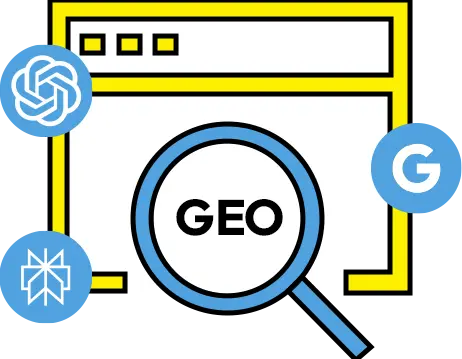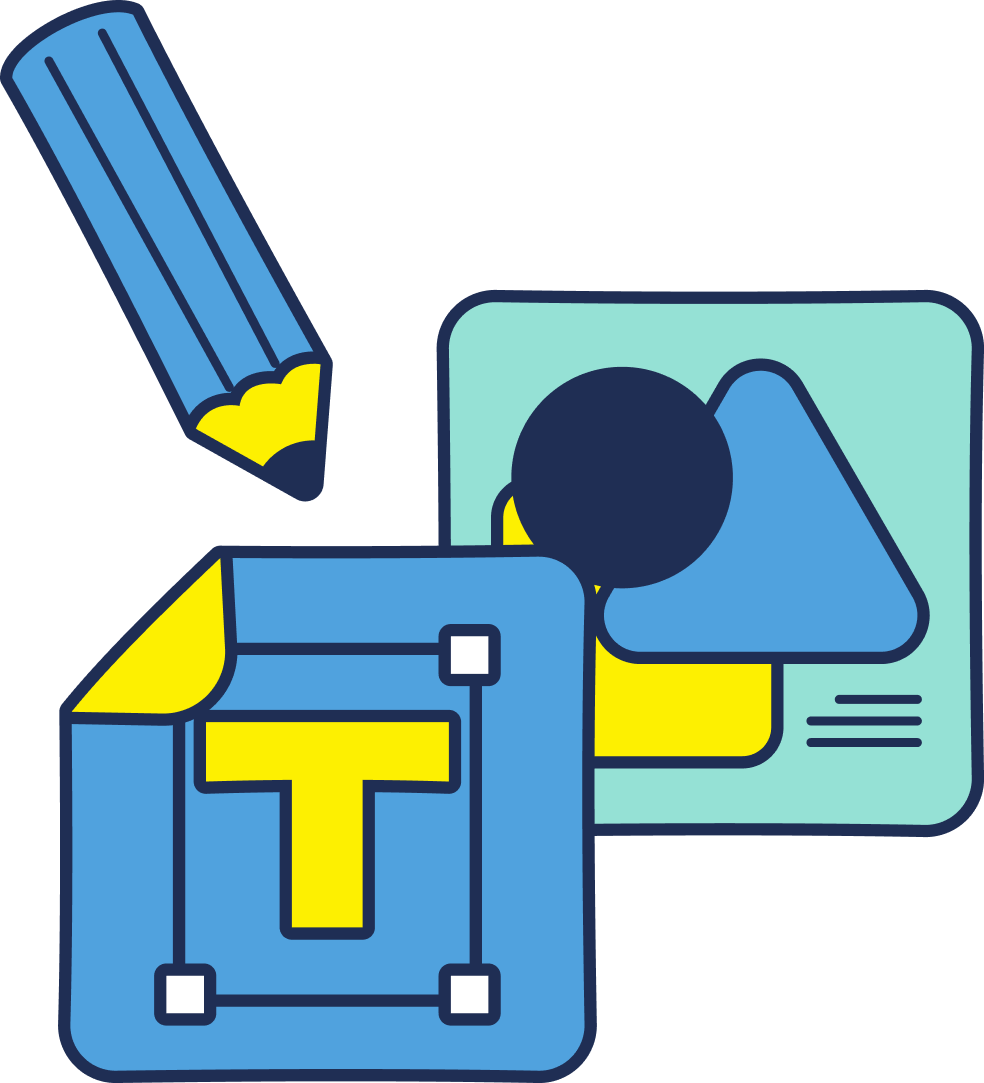
Patient Care
Providing the best possible care to patients is the highest priority for dentists. However, achieving this goal is often hampered by challenges, particularly when it comes to getting patients to accept treatment recommendations.
According to the Henry Schein Dental Trends Outlook for 2025, several obstacles hinder patients from following through with recommended treatments.
- Cost (53%)
- Fear of treatment (28%)
- The problem isn’t painful/problematic enough (18%)
- Lack of trust in dental providers (11%)
- No minimally invasive treatment is available (8%)
There’s a lot that dentists can do to increase treatment acceptance rates.
AI-Assisted Diagnostics and Treatment Plans: A Crucial Trends in the Dental Industry for 2025
The use of artificial intelligence tools in dental practices has been rising, and we expect it to continue rising.
As of 2024, roughly 35% of dental offices have implemented AI in patient treatments, with an impressive 77% reporting positive experiences. Moreover, a significant 59% of patients express greater trust in their dentists' recommendations when AI is utilized, highlighting the potential of AI to foster stronger patient-provider relationships.

The prevalence of AI has increased people’s willingness to accept it as a legitimate diagnostic tool. Using AI to diagnose patients quickly and arrive at workable treatment plans that patients are willing to accept is one way dentists can increase patient retention and compliance.
Collaboration on Treatments
The Schein report underscores the growing desire among patients to engage in their treatment planning, with 44% admitting to delaying or declining treatment for various reasons. Importantly, these patients are eager for education, emphasizing the need for better communication.
In 2025, we expect more dentists to collaborate with patients on care, making them part of the decision-making process. (There’s more on this in the next section.)
These numbers reveal a significantly optimistic outlook within the industry regardless of the overall economic predictions.
The Role of Staff Retention in Growth
Staff retention continues to be a major focus. Although dentists feel more optimistic about practice growth than they did a year ago, 74% are concerned about staff retention.
The biggest increase in optimism is from practices that use high-retention strategies to retain staff members. 87% of practices using those tactics say they’re optimistic about practice growth, while only 57% of practices struggling with staff retention feel the same way.
We’d be remiss if we didn’t mention that staff turnover can lead to patient turnover. Patients want to feel comfortable and appreciate seeing familiar faces when they arrive for an appointment.
The biggest hiring needs for 2024 are dental assistants, dental hygienists, and office managers. The two top reasons employees gave for leaving were salary (58%) and burnout (42%).
Patient Attraction and Retention
Attracting and retaining patients remains a critical challenge within the dental industry, with a concerning 43% of new patients failing to return for a second appointment.
Treatment Acceptance
Treatment acceptance is vital for patient retention; when patients decline necessary treatments over payment concerns or fear, dental offices risk patient health and forfeit valuable revenue.
AI-powered diagnostics are part of the solution, but so is better communication. Patients may need reassurance, including information about available payment plans and pain relief.
Convenience
Convenience is a crucial factor in influencing patient attraction and retention. Today’s patients expect to make or reschedule appointments with minimal hassle.
Dentists increasingly use patient portals and other technology to streamline communication and remove friction throughout the patient experience. Patients look for ease and convenience and will happily choose another provider if you’re not offering what they need.
Tech with a Human Touch
While technology is pivotal in your practice, the human touch remains irreplaceable in patient care. One in five dental practices says they plan on investing in an AI solution in 2025, but they must remember that they’re still providing patient care first and foremost.
AI should enhance patient care while still allowing for a personal touch. The Schein report mentioned that knowing a patient’s preferred name or nickname and preferred pronouns can go a long way toward making them feel accepted and comfortable.
Patient Education
One significant barrier to treatment acceptance is the lack of effective patient education. For example, a patient might not understand that delaying treatment for dental care might lead to health problems down the line related to the presence of harmful bacteria in the mouth.
We expect to see dental practices use AI to simplify dental and medical terminology, helping patients better understand their oral health and recommended treatments. An article from Yale Medicine points out that medical professionals are connecting patients with AI to provide explanations and context. The article also points out that dentists must educate patients about where and how generative AI may fall short. In other words, AI is a tool for patient education, not a replacement for other forms of communication.
Technology
Given the dynamic nature of the dental industry, it’s no surprise that technology plays a central role in the trends unfolding in 2025.
Automation
While automation is not a new trend, its potential to enhance patient communication and alleviate administrative burdens is increasingly recognized, streamlining tasks such as appointment confirmations and eligibility checks.
Many dental practices use automation to send text or email follow-ups for scheduled appointments, remind new patients to fill out intake forms, and monitor patient compliance.
Artificial Intelligence
We’ve explored the growing integration of AI in dental practices, and patients are becoming more comfortable with its use in clinical settings.
The ADA has created guidelines for the use of artificial and augmented intelligence. Their primary concern is creating a framework where dentists can use AI to assist them with diagnostics while bringing their expertise and a human touch to patient care.
Data Security
Patient and data security remain critical concerns, with the need for enhanced measures perpetually underscored by the evolving tactics of cybercriminals.
We expect to see practice management systems and SaaS providers continue to advance and augment their security. As a practice owner, it’s your job to ensure that any software or data storage you use complies with regulations and prioritizes patient privacy. With a new Congress and President, there will likely be some regulatory changes in 2025.
Digital Patient Experience
With patients increasingly receptive to new technologies, dental practices have a prime opportunity to leverage these innovations to craft seamless digital patient experience. Examples might include:
- Giving patients online access to scans and records
- AI–powered treatment simulations
- Interactive treatment planning
The more patients have access to their personal information and the ability to make informed decisions about their treatment, the more likely they are to follow through with treatments and optimize their oral health.
Financial/Business Growth
Financial growth and business sustainability remain paramount concerns for dental practices, driven by patient retention rates, staff turnover, and escalating operational costs. We’ve previously mentioned that patient retention rates continue to be low. Other issues, including staff turnover and rising expenses, may also impact the profitability of your practice.
Staffing
High turnover rates in dental offices significantly impact various facets of practice management, from patient satisfaction to operational efficiency and, ultimately, the bottom line. The numbers included in the Schein report tell the story.
- 1 in 4 dental assistants left a job in 2023
- 1 in 5 dental hygienists did the same
- 1 in 5 associate dentists also left
That means between 20% and 25% of professional staff in dental offices left their jobs in 2023. Some left to work for another practice, while others changed professions. In either case, those numbers represent a significant issue for practice owners.
One trend that could become a solution is a rise in the number of DSO-created dental schools and training programs. Dentists have decided to take matters into their own hands and invest in training programs that can provide a new crop of professionals to ease the shortage.
Reducing No Shows/Cancellations
The Schein report reveals that a staggering 82% of dental practices cite no-shows and cancellations as a major reason for not being fully booked, contributing to significant potential revenue losses annually. An article in Dental Economics found that if a dental practice had just one cancellation per day for a year, it would lose anywhere from $20,000 to $70,000 of revenue per year.
This isn’t a new problem, but it’s one that’s proven to be difficult to solve.

Some things we’ve already mentioned, like the rising use of automation, can help by sending automated reminders to reduce the risk of no-shows and allow dentists to fill their schedules more easily. Patient education may also play a role, as can improving the overall patient experience.
Pricing Transparency
Financial concerns deeply affect treatment adherence among younger patients, with the Schein report indicating that 39% of Gen Z and 33% of Millenial patients skip recommended treatments due to unclear pricing or other financial concerns. That’s why price transparency has become a trend and will likely remain important for the foreseeable future.
Transparency may include:
- Walking patients through the costs of each procedure/step of their treatment plan
- Exploring alternative treatments where it’s appropriate
- Making sure patients understand their insurance coverage
The bottom line is that 90% of all consumers say that they need to know the cost of treatment ahead of time. Dentists should be prepared to sit down with patients, review treatment costs, and provide information about pricing and payment options before treatment.
Cost Cutting
Cost cutting is another perpetual concern for dental practices aiming to maintain high standards of patient care while maximizing profitability. Ideally, you want your overhead to be as low as possible without sacrificing the patient experience or the quality of care you provide.
- Automation can streamline repetitive work, requiring fewer front-office workers and/or leaving workers free to do other tasks.
- The use of augmented reality can help dentists make diagnoses more quickly and efficiently, potentially leaving them time to see more patients each day.
- Likewise, using automation to submit claims may reduce decline rates.
These things can all reduce your overall costs without impacting the important work you do caring for patients.
Optimized Resource Allocation
Optimizing resource allocation involves strategically utilizing available assets and resources to their fullest potential, such as training staff effectively or utilizing technology to streamline operations. A lot of dentists who start their own practices don’t necessarily have the experience and training to run a business, but focusing on how to use your resources wisely can do a lot to improve your practice’s financial outlook.
One element to consider is analytics reporting. Doctors and dentists are using data to learn what elements of their practices aren’t operating as efficiently as they could be. By leveraging that data, they can begin measuring and analyzing the impact of financial decisions and determining where and how to deploy new resources such as AI and automation.
Revenue Cycle Management
Revenue cycle management (RCM) is crucial for maintaining a dental practice's financial health. It encompasses the effective management of incoming and outgoing funds. Many experts believe that automation is the key to improving and optimizing RCM.
Used properly, automation can reduce errors, improve efficiency, and improve financial outcomes. For example, the right automation solution can improve reimbursement rates by minimizing claim errors and reduce operational costs, lowering patient expenses and making dental practices more profitable.
Administrative
While patient care is often at the forefront of dental trends, significant administrative developments that enhance practice efficiency must not be overlooked. We’ve already alluded to most of these, but here’s a quick overview of how they can impact your administrative staff's daily work and efficiency.
Patient Portals
Secure patient portals empower patients by providing access to essential functions such as completing forms, making payments, and directly contacting their dentists, thereby alleviating administrative burdens.
Online Scheduling & Rescheduling
When done over the phone, scheduling (as well as rescheduling or canceling appointments) can be time-consuming. When it’s part of a robust patient portal, it can save hours for your admin staff and become part of an enjoyable patient experience.
Online Communication
We've all been patients at one point or another. It can be frustrating to be told your provider isn’t available for questions or that you’ll need to wait. Patient portals and other tools make it easy for patients to ask questions and check for the dentist’s response – all without needing to pick up the phone.
Keeping Up with Regulatory Changes
Regulatory changes are an ongoing concern for all healthcare providers, impacting everything from claims submissions to security. It’s always safe to assume that regulatory changes are possible. Dentists must stay on top of changes and comply with new rules to avoid fines.
Common Questions About Dental Industry Trends in 2025
As the dental industry continues to evolve, 2025 brings new trends in technology, patient care, and business strategies. From advancements in AI-driven diagnostics to shifts in patient expectations, staying informed is key for dental professionals looking to remain competitive. Below are some common questions about dental industry trends in 2025:
What are the top challenges faced by dental practices in 2025?
The most significant challenges include patient acceptance of treatment, cost concerns, and staff turnover.
How is AI impacting dental practices?
AI streamlines diagnostics, improves treatment planning, and enhances patient trust in recommendations.
How can dental practices improve patient treatment acceptance in 2025?
To enhance patient treatment acceptance, dental practices can leverage technology such as AI-assisted diagnostics, which provide more accurate assessments and tailored treatment plans. Clear communication is key; dentists should actively involve patients in their treatment decisions, explaining procedures and associated costs transparently. Providing educational resources, addressing fears, and offering flexible payment plans can also significantly improve acceptance rates.
What role does patient feedback play in shaping dental industry trends?
Patient feedback is crucial in identifying trends and shaping service delivery in the dental industry. Practices that actively solicit and respond to patient feedback can better understand patient preferences, concerns, and experiences. This feedback can inform improvements in communication, appointment scheduling, treatment options, and overall patient care, ultimately fostering stronger relationships and improving retention.
What technological advancements should dental practices focus on in 2025?
Dental practices should prioritize several technological advancements in 2025, including AI tools for diagnostics and treatment planning, automation for scheduling and billing, and enhanced digital patient experience solutions like teledentistry and patient portals. Investing in cybersecurity measures to protect patient data is also essential due to increasing threats. Focusing on these technologies will help practices streamline operations, enhance patient care, and remain competitive in the evolving dental landscape.
Your Dental Practice in 2025 and Beyond
As we enter 2025, the dental industry stands at the threshold of significant transformation, with trends poised to redefine how dental practices operate and interact with patients. The trends that we’ve listed here all point to a future that will be defined by dentists’ embrace of technology and their commitment to using it in service of patients.
At Titan Web Agency, we specialize in helping dental practices stay ahead by optimizing their online presence and patient acquisition strategies.
Do you need assistance in attracting and retaining patients? Click here to connect with us!
Ready to take your dental practice to the next level?
Schedule a FREE consultation!
We're ready to help you modernize your dental marketing strategy and expand your patient base.
Tyson Downs is the founder of Titan Web Agency, a company specializing in marketing for dental professionals. With an impressive track record of working with over 100 dental practices, Tyson has a deep understanding of the unique marketing needs within the dental industry.












.png)
.png)


